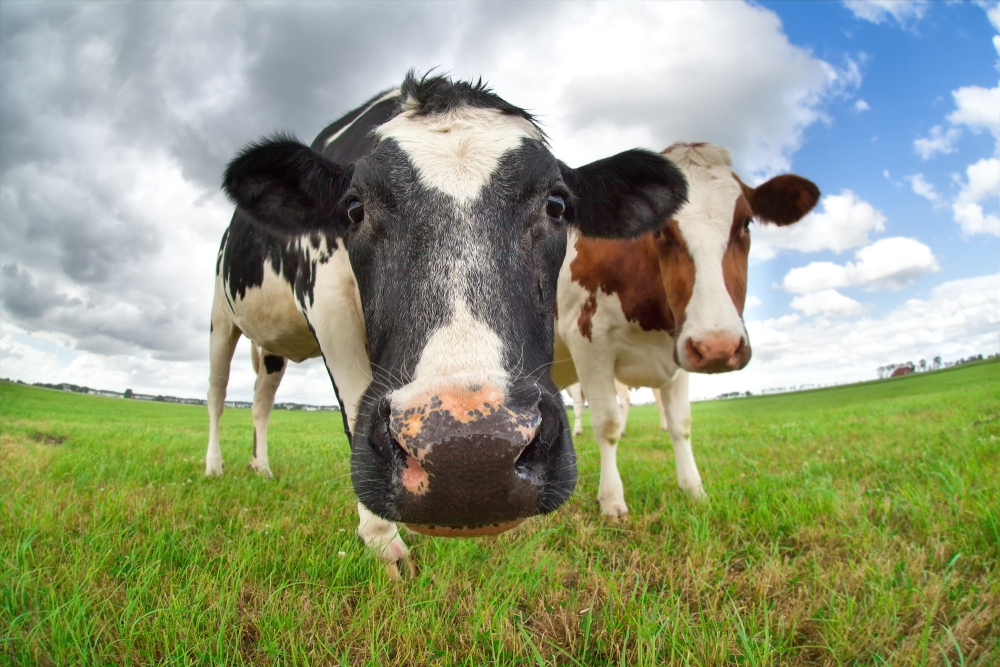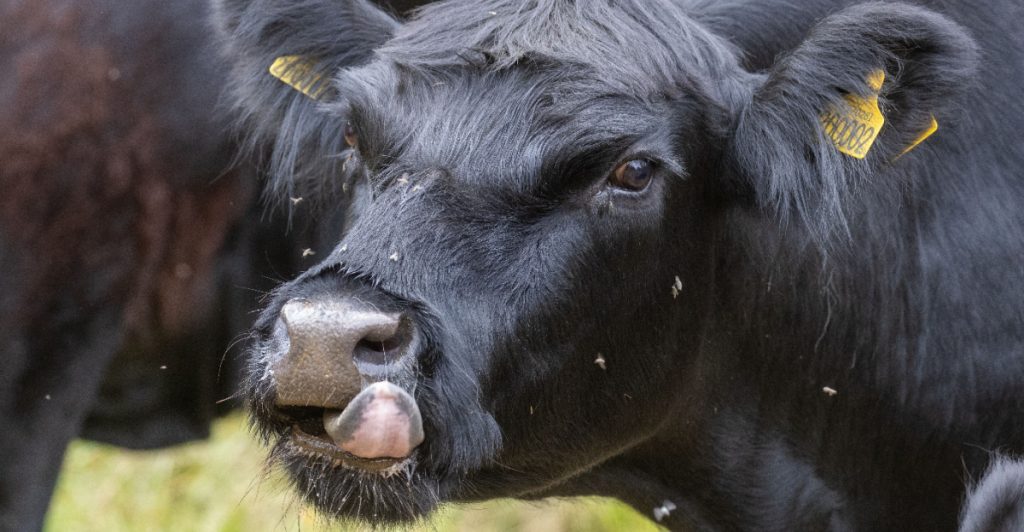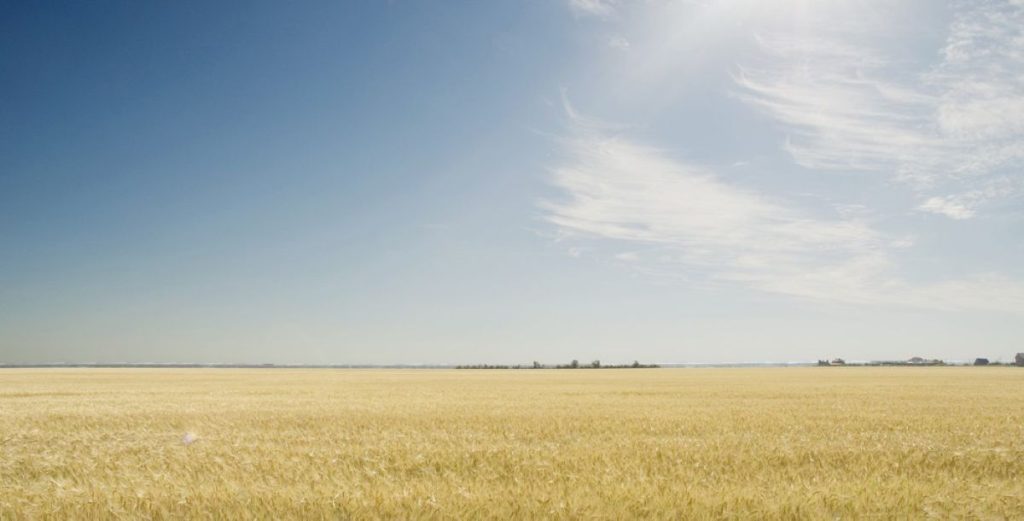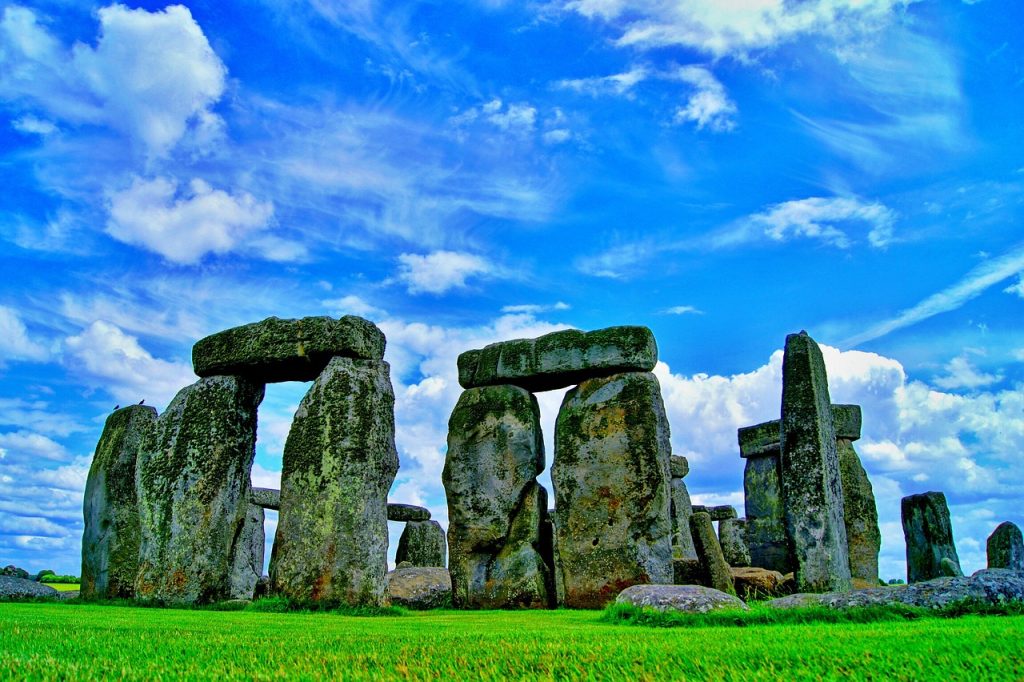Ancient Cow Tooth Reveals How Stonehenge Stones May Have Traveled
Others are reading now
For centuries, Stonehenge has fascinated people around the world. The massive stone circle in southern England has sparked endless debate about why it was built and how the enormous stones were moved into place.
Many believe it was used for religious ceremonies or astronomical purposes.
What has always remained a puzzle is how people from over 5,000 years ago managed to bring the stones, some weighing several tons, from distant lands.
A Cow Tooth?

A new discovery is giving researchers more clues. A single cow tooth, found near Stonehenge, may shed light on how the stones were transported, writes Historienet.
The jawbone containing the tooth was first uncovered in 1924 at the southern entrance of the monument. More recent testing dated it to between 2995 and 2900 BC.
Also read
A Reconstruction of Its Life

Now, scientists from the British Geological Survey have taken a closer look at the molar.
By cutting the 2.5-centimeter tooth into nine thin slices and analyzing isotopes of strontium and lead, they were able to reconstruct parts of the cow’s life.
The results show that the animal came from Wales, the same region where the smaller “bluestones” at Stonehenge are believed to originate.
Welsh Roots

The analysis revealed that the cow grazed in different landscapes depending on the season. During winter it ate food from wooded areas, and in summer it grazed on open land.
This suggests the animal moved through different regions, possibly as part of a long journey.
Also read
The presence of certain isotopes also links the cow to geological areas in Wales, strengthening the idea that livestock may have been used in moving the stones.
Big Helpers

Researchers now believe the cow may have played a role in transporting heavy stones from Wales to Salisbury Plain, a distance of about 240 kilometers.
The study even suggests that the cow might have been pregnant or nursing during the journey, based on the isotope levels detected.
This single tooth provides a remarkable glimpse into the challenges and methods of prehistoric life.


